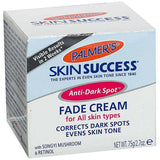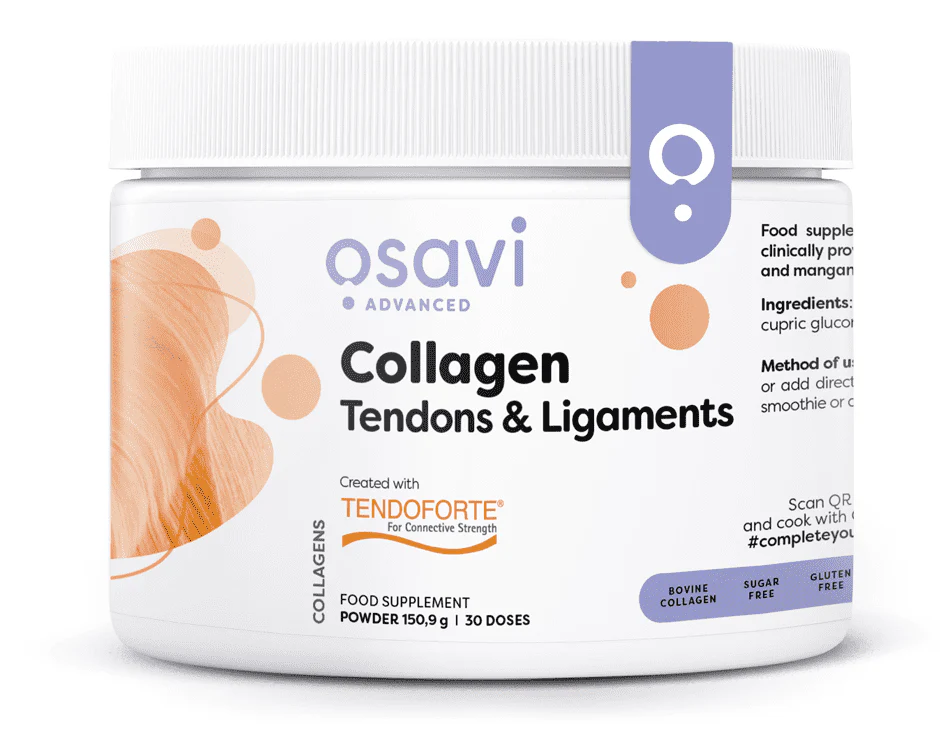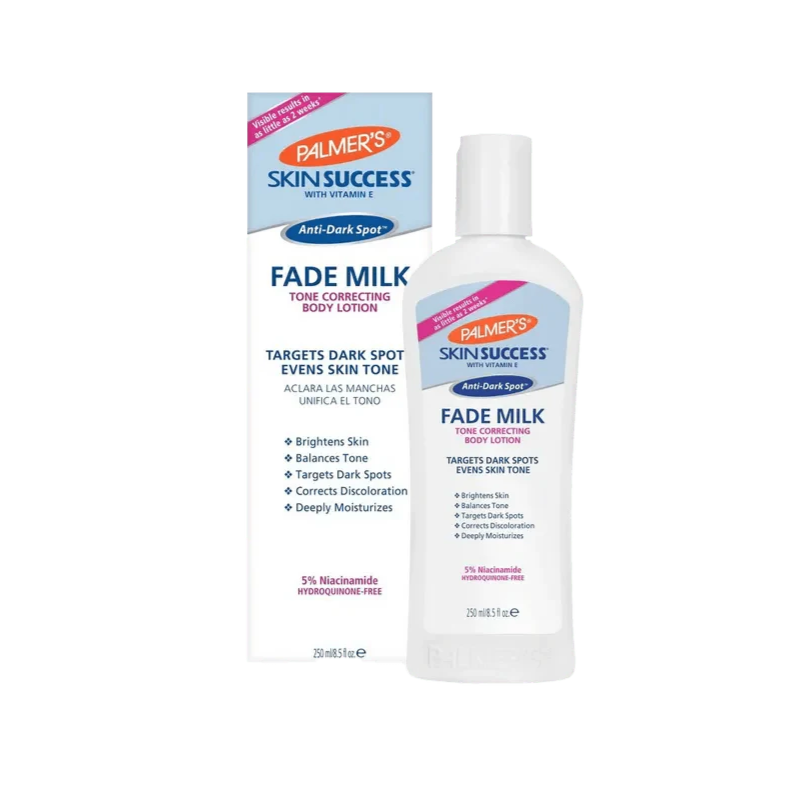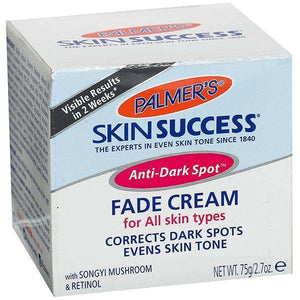What Are the Side Effects of Silicone Scar Sheets?
Related products
Silicone Scar Sheet – What is it?
Scars are marks on the skin that are left behind after a deep injury or surgical procedure. They are often prominent and differ in their tone from the rest of the skin. Most individuals feel physical discomfort due to the appearance of the scar and feel less confident in social and professional settings. There are various surgical incision techniques and treatments that work to minimize the appearance of the forming scar, silicone scar sheet is one such innovation by the medical professionals.
Silicone scar sheet is self- adhesive bandage that is made from medical-grade silicone. It is used to apply on a deep wound or surgical incision to improve the appearance of the forming scar as the wound heals. It comes in various sizes and shapes to be adjusted on the different types of scars such as hypertrophic scars, keloids and scars from linear surgical incisions. In this article, we will explore silicone scar sheets, understand how it works and its potential side effects.

How does Silicone Scar Sheet Work?
Silicone based gels, tapes and sheets have been popularly utilized in the management of various types of scars. Enlisted below are some of the mechanisms and ways in which silicone scar sheet works on a scar.
-
Moisture and Hydration
Silicone scar sheets soothe the scar by creating a barrier and retains the moisture in this zone. It prevents the excessive loss of water as hydration is crucial in keeping the skin soft and supple.
-
Adequate Pressure
Silicone scar sheet is an adhesive bandage that applies gentle pressure to flatten the scar. This pressure also reduces the sense of itching or discomfort that often occurs with a scar.
-
Protected Surroundings
An open wound or incision is predisposed to all sorts of traumas and bacterial invasions. Physical trauma or bacterial infection often exacerbates the wound and interferes with scar formation, giving rise to an irregularly raised scar due to excessive collagen deposition in it. A silicone scar sheet ensures rapid and smooth healing within a closed space by creating protected surroundings to prevent trauma or infections.
-
Regulated Temperature
Silicone scar sheet maintains the optimal temperature within the closed space of wound healing and scar formation. It also enhances the activity of various physiological enzymes that are involved in modification and remodelling of the collagen deposition in the scar.
What are the Side Effects of Silicone Scar Sheets?
Silicone scar sheets are generally safe for use. However, some side effects have been reported with its use for scar management, as enlisted below.
-
Skin Irritation
Skin irritation due to application of silicone scar sheet have been reported in some users. Side effects include redness, itching and rash over the skin to which the silicone scar sheet is applied. Most common cause of skin irritation due to silicone scar sheet is an individual’s sensitivity to silicone-based products that causes such reaction.
-
Contact Eczema
Although rare, some individuals may experience contact eczema, also known as contact dermatitis, due to silicone scar sheet. The symptoms of contact eczema include red, swollen and blistered skin that does not resolve until the use of silicone scar sheet has been terminated.
-
Folliculitis
Folliculitis is the inflammation of the hair follicles that appears as tiny pus-filled bumps on the skin. Silicone scar sheets may result in local folliculitis due to occlusion of the hair follicles.
-
Skin Maceration
Skin maceration occurs when a certain part of skin is exposed to moisture for a prolonged period. Long-term use of silicone scar sheets can lead to skin maceration. It results in soft and overly moist skin surface. Skin maceration increases the risk of skin breakdown, making it susceptible to various skin infections.
-
Residue from the Adhesive Sheet
Leftover residue for the silicone scar sheet causes irritation and discomfort in some users. It stays for a few days after the removal of the silicone scar sheet unless rubbed away. It sticks to the garments and affects the skin texture.
-
Scarring Complications
It is essential to practice proper application and removal of silicone scar sheets. Improper methods of application lead to uneven distribution of the sheet over the scarred skin, resulting in further exacerbation of the scar or formation of new scars.
-
Dark Spots
It is a rare side effect of silicone scar sheets but most important to understand. Silicone scar sheets may lead to darkening of the skin surface to which it is applied, leading to dark spots or hyperpigmentation. This side effect is commonly observed in individuals with darker skin tone. Further darkening of the scarred skin along with the surrounding skin to which the silicone scar sheet is applied is a cosmetic concern that must be met with by consultation with a healthcare expert.

-
Extended Healing Period
The main purpose of silicone scar sheets is to mediate the process of healing and quicken the resolution of the scar. However, individuals who do not ensure proper application and regular replacement of the silicone scar sheet may experience delay in the natural healing process of the scarred skin.
How to Prevent the Side Effects of Silicone Scar Sheets?
Users of silicone scar sheets must practice the best ways and methods to prevent the mentioned possible side effects. Enlisted below are some of the effective ways to prevent these side effects.
-
Proper Hygiene
It is essential to ensure that the skin is cleaned of germs or dirt before the application of silicone scar sheet. Furthermore, read the manufacturer’s instructions carefully and ensure regular replacement of the sheet to prevent skin irritation or entrapment of the germs.
-
Patch Test
To take a patch test, start off by applying a small piece of silicone scar sheet to an area of the skin that is less visible. Keep observing the skin for the next 01 to 02 days for possible signs of skin irritation or allergic reactions. If skin irritation does occur, consult with your healthcare expert for its management and seek an alternative solution for scar management that does not involve the use of silicone-based products.
-
Application and Removal
Carefully read the manufacture’s instructions inside the packing of silicone scar sheets. Follow these instructions to ensure smooth application of the sheets over the skin, such that no sheet overlap, or air entrapment occurs while its application. The silicone scar sheet must apply in smooth fashion over the scarred skin so that the sheet flattens the raised scar uniformly.
-
Regular Monitoring
While regular replacement of the silicone scar sheet, make sure to check the skin and its texture as well. Keep the skin in check for signs of irritation or maceration. Individuals experiencing such skin symptoms must discontinue the use of silicone scar sheet and consult their healthcare expert for further guidance.
People Also Ask
Is there any alternative treatment option for scar management other than silicone scar sheet?
Yes, there are many alternative treatment options for scar management other than silicone scar sheet. These include silicone gel, laser therapy, pressure garments, surgical revision of the scar and steroid injections. It is advised to consult a healthcare expert that would tailor a scar management plan that fits your health needs and goals.
What are the benefits of applying silicone scar sheets over the scars?
- Ease of Use
Silicone sheet is easy to apply on skin and can be worn under clothing. It is a convenient option for regular use.
- Non-invasive
Large and irregular scars often undergo treatments to fade them such as surgical scar revision or laser therapy that are often invasive. Silicone scar sheet, on the other hand, is non-invasive that does not require an extensive therapy for effectiveness nor a downtime.
- Cost-Effective
Silicone scar sheet is affordable than the other treatment options for scar management. It can be easily applied on the scars and at home without the need for supervision by a medical professional.
Conclusion
Most individuals feel physical discomfort due to the appearance of the scar and feel less confident in social and professional settings. Silicone scar sheet is an adhesive and flexible bandage that is made from medical-grade silicone. It is used to apply on a deep wound or surgical incision to improve the appearance of the forming scar as the wound heals. This sheet can be used to treat various types of scars such as hypertrophic scar, keloids, acne scars and scars from surgical incisions. Silicone scar sheet works by ensuring adequate hydration on the skin surface, preventing from physical trauma or bacterial infections and remodelling of the scar by gentle pressure.
Silicone scar sheets are commonly used to manage the various types of scars. However, it also comes with certain side effects such as formation of dark spots, further skin scarring, discomfort due to leftover residue from the adhesive sheet, extended healing time, skin irritation, contact dermatitis, folliculitis and skin maceration. To prevent such side effects from silicone scar sheets, ensure proper hygiene, take a patch test before adopting its regular use, practice proper application and replacement of the sheet and ensure regular monitoring for signs of skin irritation.












 Rated Excellent by 26,523+ Reviews
Rated Excellent by 26,523+ Reviews